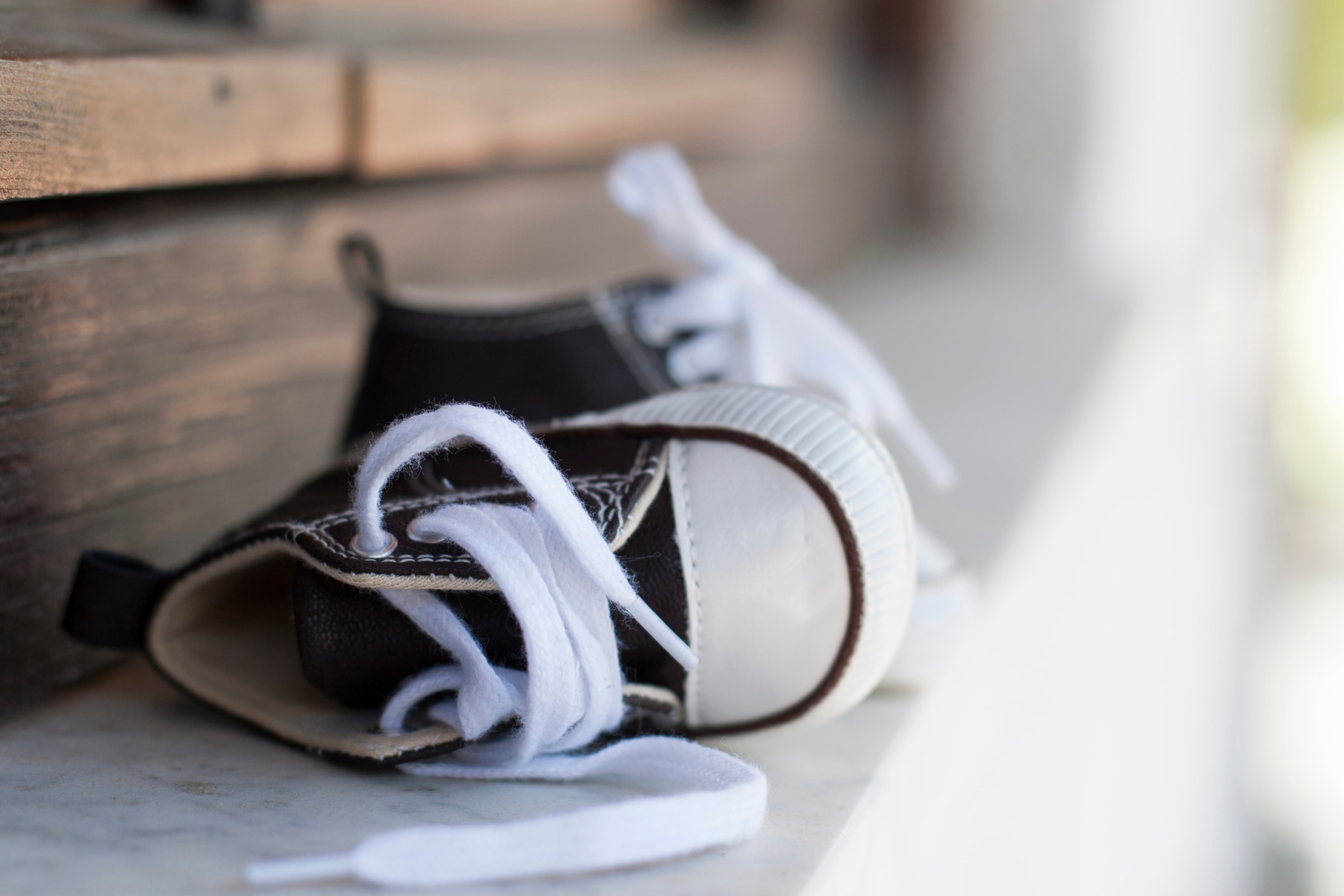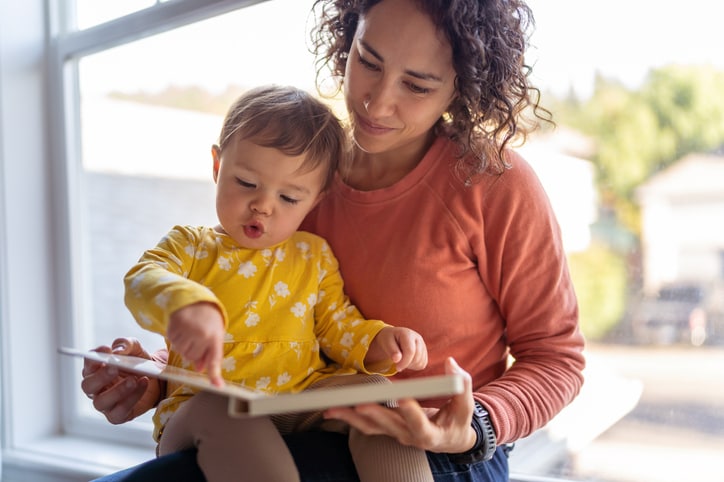Drop-off can have a lot of tears, no matter how old your child is — and how much they love “school.” Here are ten things we’ve learned along the way:
1. Try a practice day.
Speak with your center director about a scheduling a drop-in day or partial day shortly before you return to work. This gives you and your child a chance to test out spending time apart. This also allows you to focus on her needs (and your own feelings) without the added pressure of having to get to the office.
2. Take care of your own feelings.
If you’re anxious about leaving, your child may start to feel anxious as well. During these early days, think about ways you can ease our own worries about the drop off: Talk with friends or other parents with young children, go to the movies, or go for a walk. Of course, you may still get a little teary-eyed at drop-off and that’s totally fine and completely normal: We get it.
3. Be an early bird.
Some children do best when a parent limits the amount of time spent saying good-bye. Other children want the reassurance of a parent’s presence in the classroom until they feel more comfortable. Find what works for you both, and if your child needs more time, arrive early to help him adjust to the transition.
4. Focus on your child.
In the bustle of drop-off—unloading diapers, delivering daily instructions, depositing an extra sweater—it’s easy to get distracted. At drop off, take a little time to focus your attention on your child. Get down at her level and be with her before saying good-bye. This can help her relax and ease her fears.
5. Discover the classroom together.
Commenting with enthusiasm about the children’s art work on the wall, the sand table, or greeting teachers and other children warmly, communicates to your child that school is a fun and exciting place. If you are curious and positive, it encourages him to be, too.
6. Take a little time to really say good-bye.
Slipping away while she isn’t looking can make her more anxious when she can’t find you. Let your child know you are leaving and that you will be back. Be clear and matter-of-fact: I’m going to leave in five minutes and go to work. I’ll come back and pick you up after you’ve eaten lunch.
7. Acknowledge their feelings.
Children show emotion through crying, and it’s normal for them to do so. Acknowledging their emotions is an important part of helping them cope with morning transitions. You might say: I see that you’re sad that I’m leaving. I will miss you too. I’ll be back after you have recess this afternoon to pick you up.
8. Talk about the good stuff.
Remind your child of the fun things he’ll do that day. Wow! You’re going to paint at the easel today! What do you think you’ll paint? Talk him through the classroom schedule. Routines are comforting for young children, and his worries at school will lessen as he learns what to expect.
9. Ask for advice.
Your child’s teachers and center director have helped many other families just like yours. As the teachers get to know your child, they can direct her to a favorite activity that will help her settle more easily into the classroom. Center Directors can offer advice if your child needs more support. Be patient as you and your family find your way.
10. Call us.
Feel free to check in to see how your child’s day is going. Moments after you leave, he may be completely engrossed in building a block tower. Call your center or check in with the school office! Chances are that he’s doing well, and you’ll have a better day knowing he is having a good day.
If you have had tough transitions, remember that it gets better! Try and have patience—and stay positive—while everyone adjusts. And don’t hesitate to reach out. We’re always happy to talk with you about your concerns so that everyone can have a great drop-off. A few weeks from now, you will walk into the classroom and your child will wriggle out of your arms, ready to start her school day. You are not alone and you’re doing great.
This article originally appeared here





